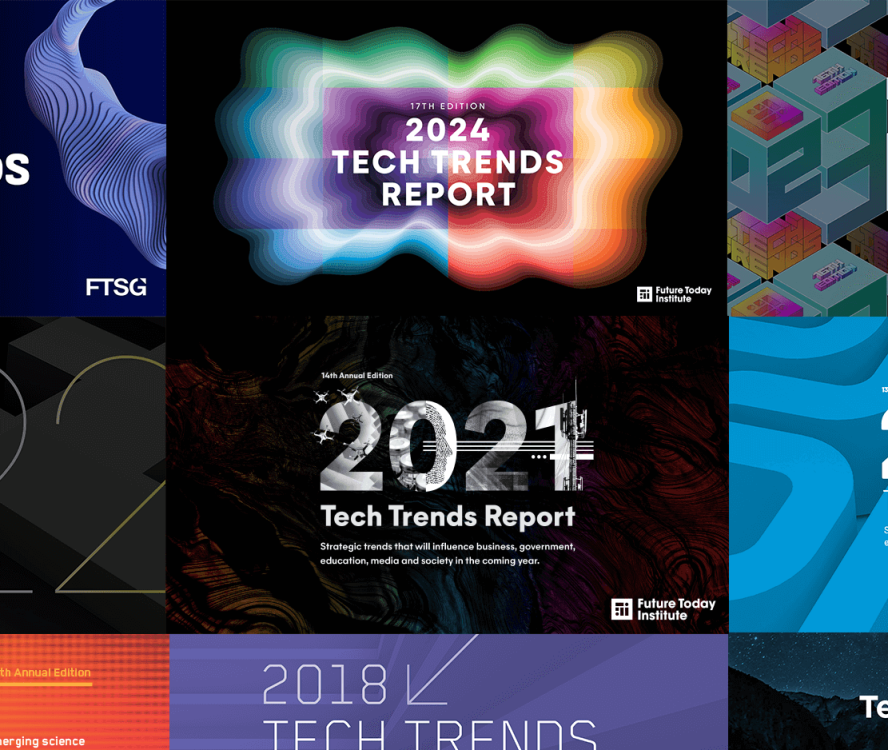One of the more surprising lessons in my career didn’t come from a consulting engagement or an MBA case study… it came from managing my neighborhood’s homeowners association. And, of course, running my son’s T-ball league.
If you’ve ever volunteered for either, you know the drill: no org chart, no playbook, and no shortage of opinions. You’re dealing with personalities, preferences, and passionate debates about what matters – and somehow, you still have to get things done.
Over time, I’ve realized those lessons translate almost perfectly into the work I do with clients; I help companies build future strategies, design the processes to support them, and align around a shared vision. Whether you’re managing a $100 million transformation or coaching five-year-olds, success comes down to the same thing: can you get a group of people to pull in the same direction?
Lesson 1: Ownership Has to Be Earned, Not Assigned.
In community leadership, titles are mostly ceremonial. No one volunteers because of a job description. The people who really show up – fixing a fence, lining a ballfield, managing registrations – do it because they care. They see themselves in the work.
That’s where most corporate strategies fall flat. Leadership unveils a brilliant roadmap, assigns tasks, and assumes the machine will run – but strategy isn’t a Gantt chart. It’s not about handing out roles, it’s about creating the conditions where people want to own a piece of the plan.
I’ve found success by focusing early on two things:
- Finding the natural owners, people already leaning in or closest to the work.
- Creating space for shared authorship – inviting stakeholders to shape the how, not just be handed the what.
On a recent engagement, we initially thought the client needed to build a brand-new system from scratch. But as we dug in, we realized many of the components already existed – they just weren’t connected. More importantly, we found an internal technical team that had quietly spent years integrating data across the business.
When we recognized their work and invited them in, everything changed. The team was energized, not replaced. The solution became more sustainable because it built on what was already working.
Lesson 2: Perfect Is the Enemy of Done.
Nothing prepares you for imperfection like community leadership.
You plan the T-ball schedule for weeks – then it rains every Saturday. You spend months finalizing clubhouse repainting plans, only to realize half the neighborhood missed the memo and now has strong opinions on the color.
You learn quickly: chasing the perfect plan is a recipe for frustration. Momentum matters more. In strategy work, I see the same trap. Analysis paralysis. Waiting for perfect data. Building a five-year plan when the market will shift in 12 months.
The better move? Build something good enough to test. See what breaks. Adjust.
Lesson 3: Shared Wins Build Momentum.
One of my favorite moments every T-ball season is when a kid who’s been struggling all year finally connects and sends the ball flying. The dugout cheers. Sometimes the outfield does too. For that kid, it’s pride. For the coaches and parents, it’s a reminder of why we’re here.
In corporate strategy, big abstract goals (“transform the customer experience”) don’t inspire people unless they can see tangible progress along the way. So I push clients to build in early wins:
- A quick process fix that saves time
- A visual prototype that brings the future to life
- A successful pilot that proves the idea can work
One client launched a new risk scoring model in a single business unit. It worked, and that early win gave the team credibility and confidence to scale it across the company. Small wins shift the energy. They turn skeptics into advocates.
Lesson 4: People Don’t Follow Plans. They Follow People.
In the HOA, bylaws sit in a binder no one reads. What matters is trust. Neighbors follow neighbors because they believe someone has their best interest at heart. Same thing on the T-ball field. No one cares about the league handbook until it touches their kid’s game. What moves people is connection.
Corporate strategies fail when they forget this. Fancy slide decks don’t change behavior, relationships do. Early on, I ask:
- Who do people already trust?
- Where does influence live in this organization?
- Who can make the strategy feel real for each team?
Sometimes the most impactful move is identifying those informal leaders and giving them the tools to carry the message forward. People rarely follow the slide deck. They follow someone they trust saying, “Here’s why this matters.”
Lesson 5: Feedback Loops Are Essential, Even When the Feedback Isn’t.
T-ball parents and HOA neighbors aren’t shy with feedback. Sometimes it’s helpful. Sometimes it’s… less so. Even the frustrating feedback tells you something: where communication fell short, where expectations weren’t aligned.
Corporate teams often try to avoid this kind of friction. They roll out a plan and don’t check back until results are due. That’s a mistake. The best strategies build in real – and real-time – feedback loops.
At one utility company, we held biweekly open feedback sessions. No agenda, just space for questions, reactions, and concerns. The feedback helped us avoid a major rollout misstep. More importantly, it built trust.
Lesson 6: Balance the Big Picture with the Real Work.
HOA meetings often go sideways debating fence colors or tree placement. It’s easy to lose sight of the big goals: safety, property value, community.
In corporate settings, it’s the opposite. Teams get so focused on the big picture, they forget someone has to do the work. Strategy is set. But what actually changes Monday morning? Process mapping became my secret weapon.
When things get too lofty, I pull the group back: “Let’s walk through this. Who’s doing what? What changes in the systems? What’s harder or easier?” Those questions ground the vision and turn strategy into action.
Lesson 7: Most of the Work Happens in the Middle.
Both community projects and strategies start with excitement and end with relief. In the middle – when the easy stuff is done and the messy work shows up – people lose steam.
That’s also where leadership matters most. Not at kickoff. Not at the finish line. In the trenches. It’s where the most effective leaders can solve problems, keep people aligned, and nudge the group forward.
A particularly rewarding project for me involved building a new billable hour review workflow. Despite a strong vision, momentum stalled a few months in. Teams discovered a major issue: the tool had been designed for the end users but ignored the needs of the people using it day to day.
So we stopped. Took a breath. Revisited the “why.” Found some quick, visible wins.
Momentum returned. Today, that platform is a flagship solution. The turning point? Sticking with it in the middle.
Ultimately, Strategy Only Works if People See Themselves in It.
The truth is, strategy only works if people understand it, own it, and see where they fit in. The community mindset is a competitive advantage.
Companies would execute better if they approached strategy the way great community leaders run neighborhoods or teams:
- Prioritize ownership over assignments
- Chase progress, not perfection
- Celebrate wins early and often
- Focus on relationships, not just plans
- Listen more than you talk
- Translate goals into actionable steps
- Keep going when it gets hard
In the end, strategy isn’t about the best plan on paper. It’s about building something people want to be part of – and are willing to work for.
Sometimes the best training ground for a businessperson isn’t a boardroom. It’s the Saturday morning T-ball field.








